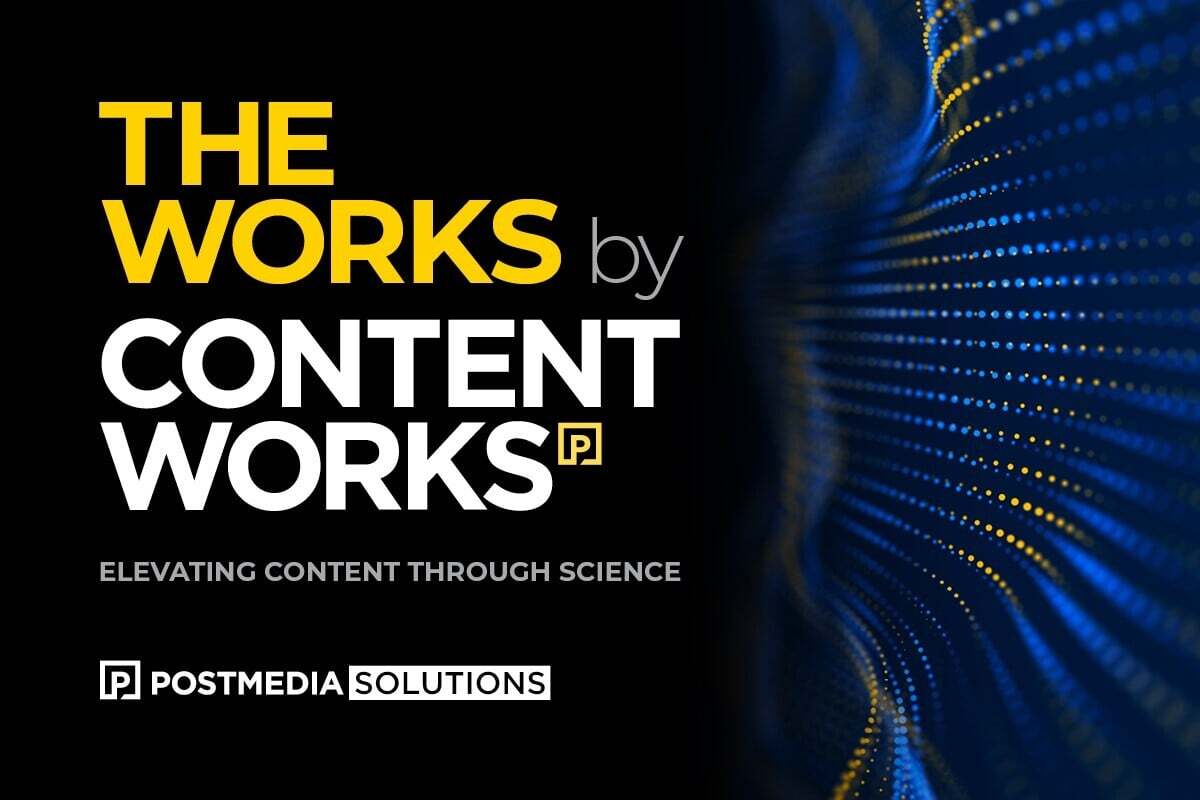Learn how to turn great content ideas into measurable business results with a practical road map for creating ROI-driven marketing campaigns.
Creating marketing content is easy. Creating marketing content that delivers measurable business results takes planning, precision and purpose.
Marketing leaders are under pressure to prove performance. Whether launching a blog series, developing a new video campaign or refreshing your email strategy, tying content efforts to return on investment (ROI) isn’t optional; it’s the baseline.
If you want content to be more than a creative exercise, you must build it for performance. Aligning your strategy with desired outcomes can help you create high-performing content that delivers on your goals.
Why ROI matters more than ever in content marketing
Marketing budgets are tightening, and executive teams want more transparency around what they’re getting in return. The issue? Many content programs start with an idea, not a strategy. Teams jump into production without clear metrics or alignment with sales, making it hard to show impact after launch.
Yet, content remains one of the most effective ways to reach, engage and convert prospects. Done well, content marketing can produce three times as many leads as traditional outbound tactics while cutting costs by over 60 per cent. But it can only achieve its full potential when aligned with business goals from the start.
The mindset shift: From publishing content to driving results
Creating ROI-focused content starts with shifting your team’s approach. Instead of asking, “What should we post this quarter?” start by asking, “What are we trying to achieve, and how can content help us get there?”
Here are a few examples of marketing goals and relevant content assets:
- Want to increase demo bookings? Create a series of educational assets that answer common questions and include calls to action (CTAs).
- Looking to improve customer retention? Develop content that supports onboarding, usage and renewal.
- Trying to drive sales? Publish comparison guides, feature spotlights or ROI calculators tailored to existing customers.
This approach ensures every piece of content has a purpose and a performance target. It also means content teams must work closely with other departments.
This could include your sales team to understand key objections and buying signals or your customer success team to learn what top customers value. You might consult your product team to help shape content around new releases or differentiators.
When content teams act like revenue teams, content becomes a strategic asset, not just a communication tool.
Start with a measurable goal, not just a great idea
Before brainstorming campaign ideas, clarify what you want the content to achieve. Once your goal is clear, you can reverse-engineer your content plan. Let your creative ideas flow once you’ve clarified the types of content that are most likely to be successful, not the other way around.
Common ROI-aligned goals include:
- Driving qualified leads or conversions
- Increasing sales or average order value
- Shortening the sales cycle
- Improving customer retention or upsell rates
Your road map to ROI-focused content: 6 steps from idea to impact
Ready to get strategic? Here’s a practical step-by-step process to help you create ROI-focused content from the ground up.
1. Define your goal
Start by identifying what success looks like for your company right now. Are you aiming to generate leads, improve retention, increase average order value or support a product launch? Be specific. Choose one goal per campaign or content asset to keep things focused.
For example, if your objective is to convert more leads, you might create case studies that show proof of performance, comparison guides that highlight your edge over competitors or gated tools that capture lead information.
2. Know your audiences (and what drives their decisions)
Map out your ideal customer’s buying journey. What questions do they ask at each stage? What hesitations or pain points slow them down?
Publish educational blog posts, infographics or social content highlighting a common challenge and hinting at a solution.
Offer detailed guides, webinars or product comparison content that shows how your offer stands out.
Use testimonials or case studies to help validate the purchase.
When you tailor content to audiences this way, it informs, and more importantly, it actively moves people closer to buying.
3. Choose your metrics early
Select key performance indicators (KPIs) that tie to your goal. Setting these early allows you to plan distribution, tracking and reporting with intention.
KPIs could be:
- Conversion rate from content downloads
- Number of qualified leads driven by a resource
- Reduction in churn from onboarding content
- A lift in sales influenced by a specific campaign
4. Build an integrated content plan
Instead of one-off posts, build multi-asset campaigns designed to work together. Use content in multiple formats and channels to meet your audience where they are.
Let’s say your team wants to promote a new product line. A single blog post won’t be enough. Instead, you might create a downloadable guide, shoot a short video series, run paid campaigns that drive traffic to a landing page and follow up with an email sequence. These will work together; every asset has a role in achieving your ROI goal.
5. Track, learn and optimize continuously
Monitor content performance from day one. Use tools like Google Analytics, your CRM and marketing automation platforms to track how people engage with your content in real time. Look for signs of friction, such as high bounce rates, low click-throughs or sudden drop-offs, and be ready to adapt. These early signals help you fine-tune campaigns while they’re still live.
The most effective content strategies build in ongoing feedback loops. Don’t wait until a campaign wraps up to measure success. Instead, track performance metrics that align with your goal: form completions and conversion rates for lead generation, engagement and time on page for awareness, or open rates and repeat purchases for retention. Avoid vanity metrics and follow the full customer journey from first click to final action.
6. Report outcomes, not just activity
Post-campaign analysis is just as important. Use what you’ve learned to improve your content calendar, sharpen targeting and identify top-performing formats or topics. The more you treat content as a performance channel, not just a publishing task, the easier it becomes to scale results and demonstrate value.
When presenting results, focus on outcomes that matter to the business. Rather than reporting completed tasks, such as publishing 12 blog posts, share business outcomes, like increasing website traffic while generating 52 new leads during a campaign. Connect the dots between your efforts and the bottom line.
Real-world example: From blog post to revenue growth
Let’s imagine a B2B software company wants to improve the ROI of its content strategy. Instead of publishing weekly blog posts without a clear goal, the marketing team launches a targeted campaign focused on reducing churn in one customer segment.
Here’s what they did:
- Interviewed customer success managers to understand pain points
- Created a three-part article series addressing common questions
- Added CTAs for booking a strategy call
- Used email and paid promotion to share the series with at-risk accounts
The result? A 15 per cent reduction in churn for that segment and a direct contribution to retained revenue. Because they aligned content with a business objective, the campaign earned internal buy-in and repeat investment.
Ready to create content that drives real ROI?
Great content doesn’t just fill space. It fuels growth, shortens sales cycles and proves your marketing team’s impact. Aligning content strategy with business goals, building in measurement and optimizing as you go turns big ideas into bottom-line results.
It’s time to create ROI-focused content that supports critical company goals. Book a consultation with a Postmedia expert and get started today.




